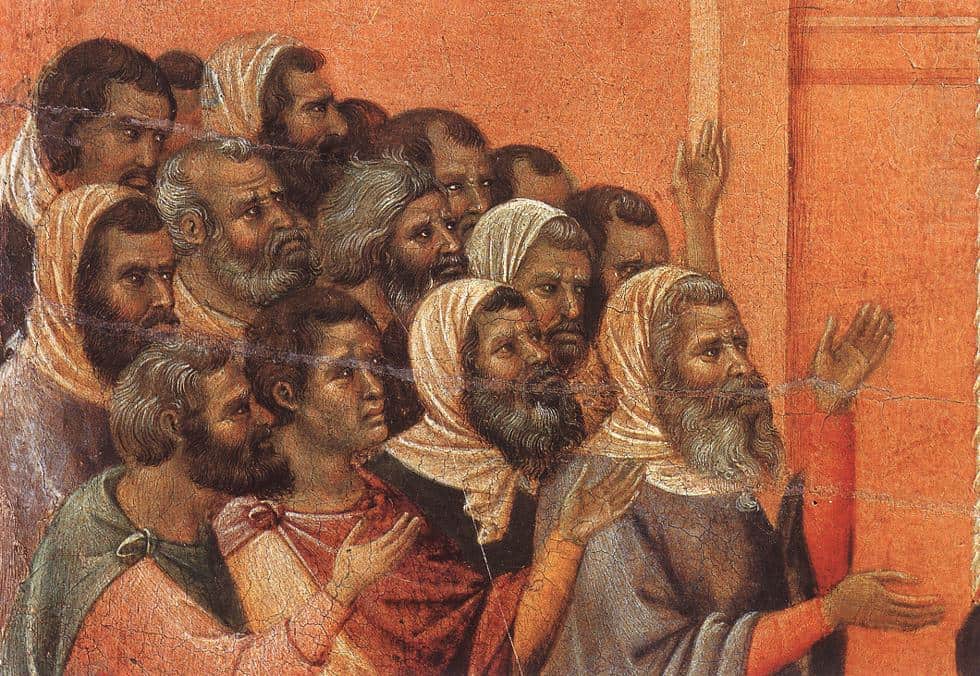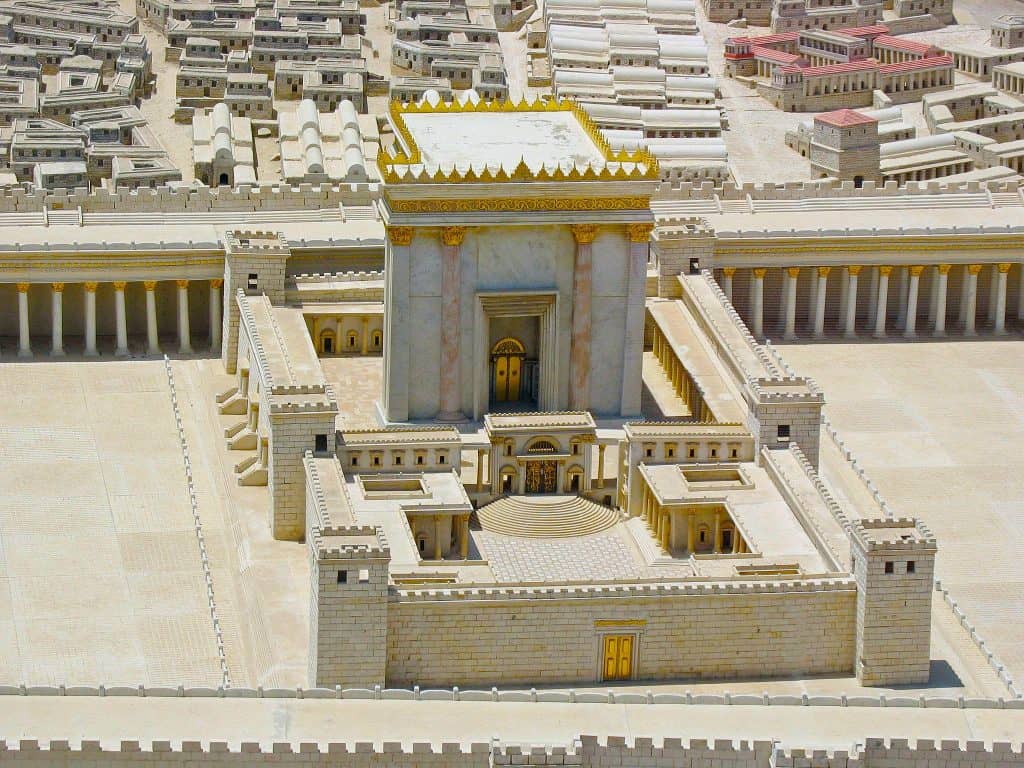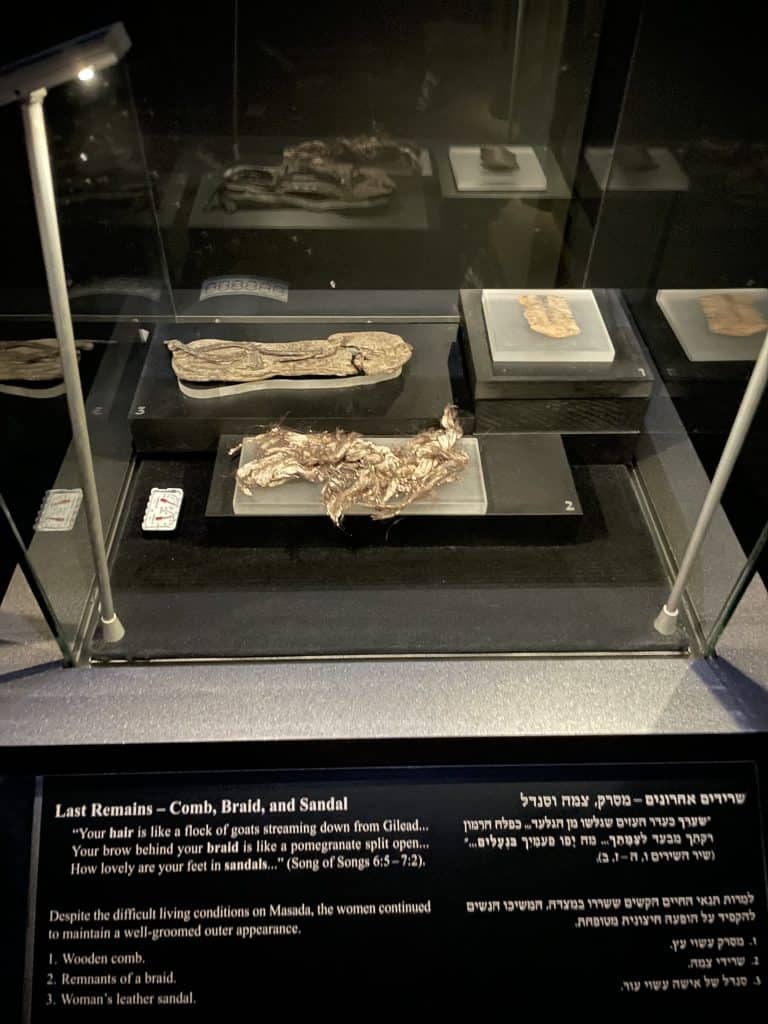Among the diverse sects of ancient Judaism, the Pharisees emerged as a significant group with a profound impact on Jewish thought, law, and religious practice. In this post, we explore the Pharisees’ origins, beliefs, and contributions, shedding light on their role as guardians of Jewish tradition and proponents of ethical living.

The Pharisees were a prominent Jewish sect that emerged during the Second Temple period (516 BCE – 70 CE). Their name derives from the Hebrew word “P’rushim,” meaning “separated ones” or “separatists.” The Pharisees sought to maintain strict adherence to Jewish law and preserve the Jewish people’s religious traditions.
Furthermore, their commitment to interpreting and applying Jewish law was central to the sect’s identity. They emphasized the oral tradition, known as the Oral Torah, which comprised interpretations, explanations, and applications of the written Torah (the Five Books of Moses). By embracing the Oral Torah, the Pharisees sought to clarify and expand upon the commandments to guide daily life and foster ethical conduct.
Second Temple Jewish Sectarianism

Moreover, the Pharisees were known for their ethical teachings and emphasis on righteous living. They emphasized the importance of justice, compassion, and moral conduct in personal and communal life. The belief that fulfilling religious duties should go hand in hand with ethical behavior was a cornerstone of Pharisaic ideology.

The Pharisees strongly emphasized ritual purity to sanctify everyday life. They advocated for the observance of purity laws, such as ritual washing before meals, and the meticulous observance of Sabbath and dietary laws. Ritual purity served as a means to draw closer to God and maintain spiritual integrity.
The PhariseesInfluence and Popular Support
Despite not holding political power, the Pharisees commanded significant influence and enjoyed widespread support among the Jewish population. Their commitment to ethical living, accessibility of teachings, and focus on individual spiritual growth resonated with many Jews. The Pharisees’ emphasis on personal responsibility in observing the commandments appealed to those seeking a deeper connection with God and a sense of purpose.
Masada Museum

The Pharisees were not a monolithic group, and they engaged in theological debates and conflicts with other sects, most notably the Sadducees. These disagreements centered around interpretations of scripture, ritual practices, and religious authority. As depicted in the New Testament, the Pharisees’ interactions with Jesus of Nazareth have also shaped popular perceptions of their beliefs and practices.
Legacy and Rabbinic Judaism
The Pharisees’ influence extended beyond the Second Temple period. After the destruction of the Second Temple in 70 CE, the Pharisees’ teachings and practices formed the foundation of Rabbinic Judaism. The Pharisees’ commitment to the Oral Torah and their emphasis on ethical living became integral to developing Jewish law, religious thought, and the formation of the Talmud.
The Pharisees, with their emphasis on interpreting Jewish law, ethical teachings, and commitment to religious practice, played a significant role in shaping ancient Judaism and the subsequent development of Rabbinic Judaism.
Their teachings resonate within Jewish thought and practice, emphasizing the importance of ethical conduct, personal responsibility, and the ongoing interpretation of Jewish law. Understanding the Pharisees provides valuable insights into the diversity of Jewish beliefs and the rich tapestry of Jewish history.







